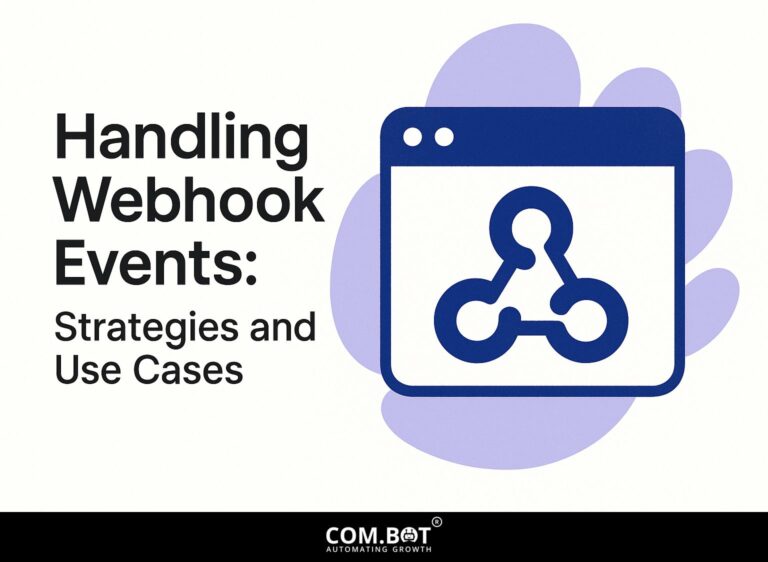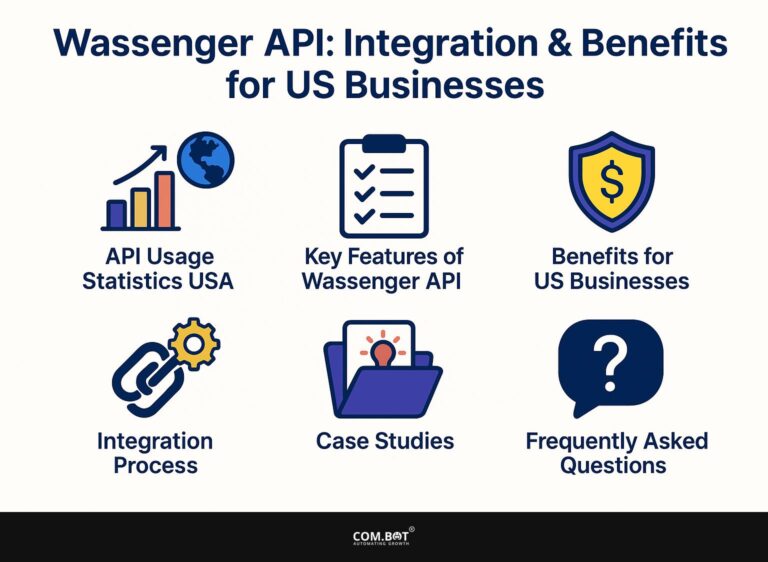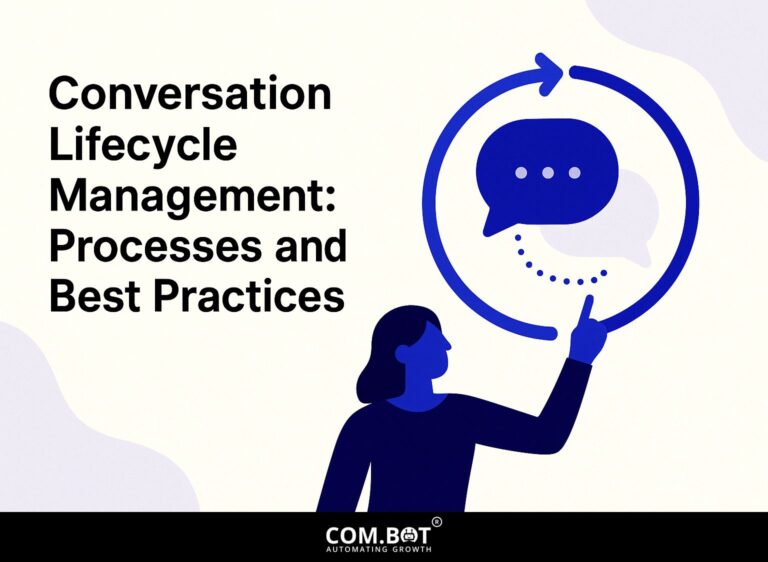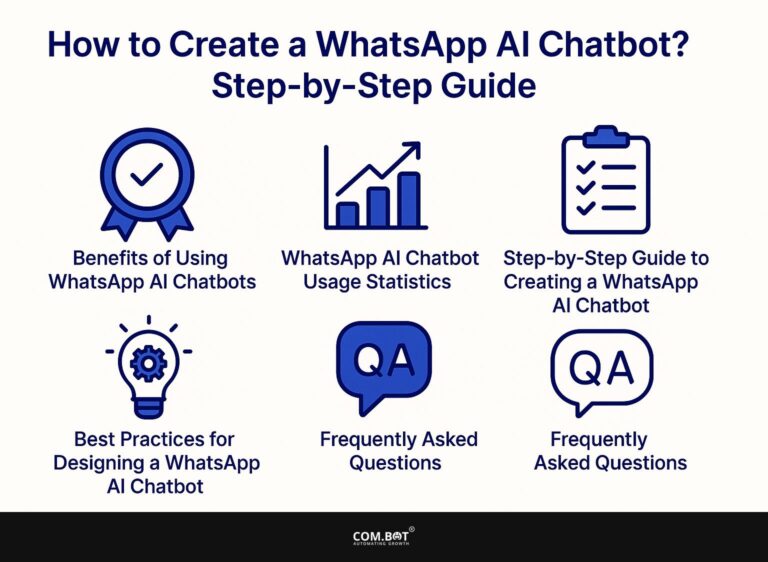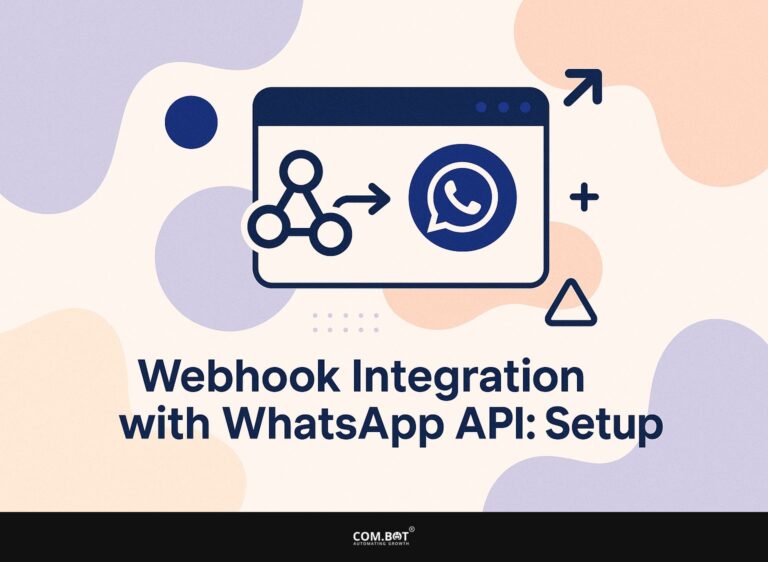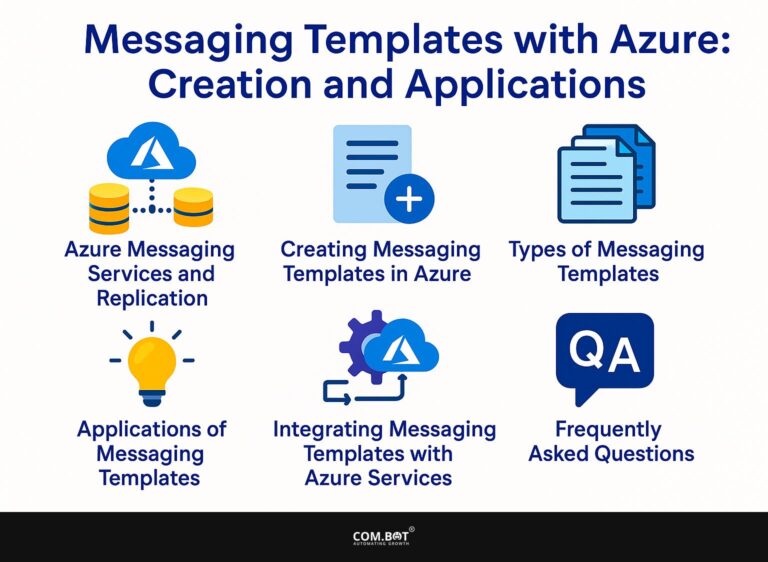Connecting Message Sources for AI Agents: Best Practices
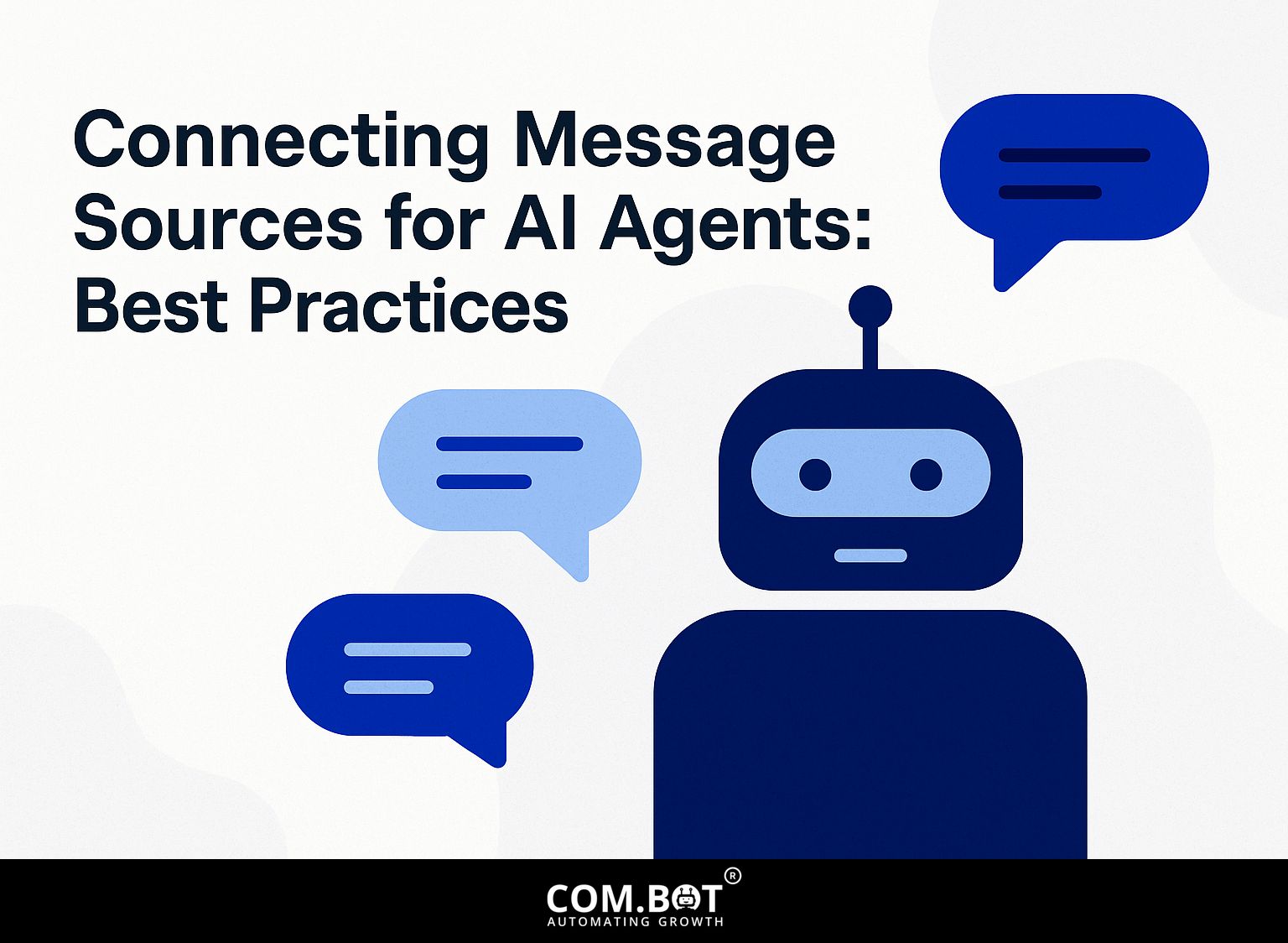
AI agents have become important tools for businesses, making tasks automatic and improving how customers interact with services. By successfully linking different systems, such as Customer Relationship Management tools, organizations can fully use the capabilities of Artificial Intelligence. This article covers effective methods for connecting message sources, providing practical advice to make your AI work more efficient and achieve significant outcomes. Let’s see how to improve these connections to work more effectively and achieve better results.
Key Takeaways:
- Use consistent data formats to make sure message sources connect easily for AI agents.
- Use APIs to connect and improve how data is processed accurately and effectively.
- Focus on maintaining good data quality by using validation methods and updating data regularly to keep AI agents working well and dependably.
- 1 AI Communication Protocol Statistics
- 2 Types of Message Sources
- 3 Best Practices for Integration
- 4 Ensuring Data Quality
- 5 Security and Privacy Considerations
- 6 Frequently Asked Questions
- 6.1 1. What are some best practices for connecting message sources for AI agents?
- 6.2 2. Why is data compatibility important when connecting message sources for AI agents?
- 6.3 3. What are some common messaging protocols used for connecting message sources for AI agents?
- 6.4 4. How can security be implemented when connecting message sources for AI agents?
- 6.5 5. What role does data cleansing play in connecting message sources for AI agents?
- 6.6 6. How can AI agents be improved for quick and effective message source connection?
1. Definition and Purpose
AI agents are software programs designed to perform tasks autonomously using Natural Language Processing and machine learning, such as automating customer support through platforms like Zendesk. These agents can analyze customer inquiries, provide instant responses, and escalate complex issues to human agents.
Sephora uses AI chatbots to give personalized beauty tips, which helps customers get answers quickly and easily. Chatbots integrated with tools like Drift or Intercom allow businesses to capture leads 24/7, effectively improving operational efficiency.
Using AI agents can greatly improve how customers experience services and reduce the tasks human support teams need to handle.
2. Importance of Message Sources
AI agents work best when they have reliable and up-to-date information from both organized and disorganized sources, which directly affects how well they perform.
Using data from customer interactions, social media posts, and market research helps make better decisions. Programs like Apache Kafka make handling data easier by combining live data from various sources.
AI agents can use APIs to get reliable information, which improves their ability to learn. For those implementing advanced communication systems, our WhatsApp API Integration Guide offers insights into enhancing AI, CRM, and automation.
By prioritizing a broad range of data sources, businesses can improve user satisfaction through more relevant responses. Each bit of data increases the agent’s knowledge, making the user experience more engaging and improved.
AI Communication Protocol Statistics
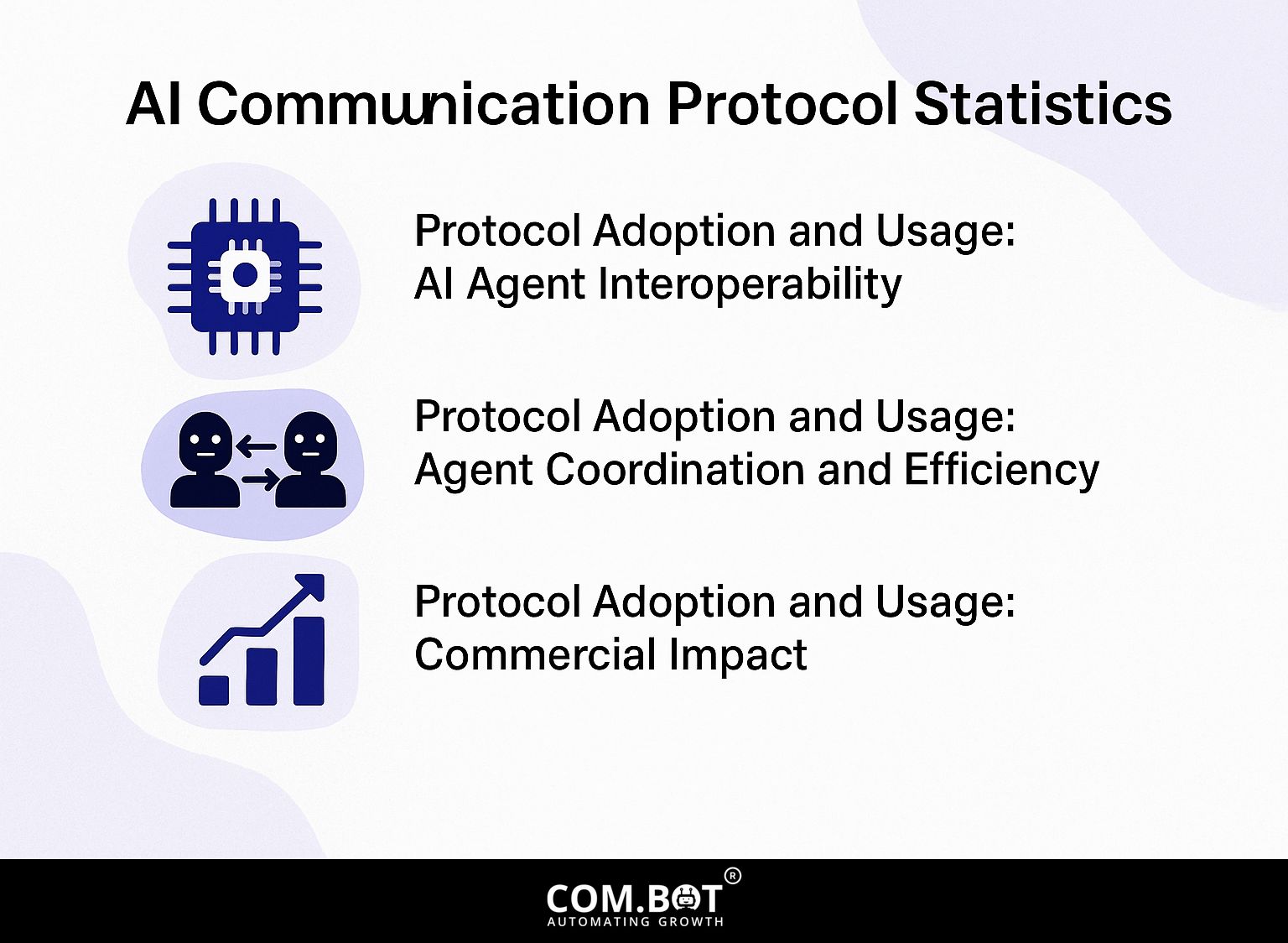
Protocol Adoption and Usage: AI Agent Interoperability
Protocol Adoption and Usage: Agent Coordination and Efficiency
Protocol Adoption and Usage: Commercial Impact
The AI Communication Protocol Statistics provide information on how AI communication protocols are being used in different industries. These statistics show important patterns in how AI connects with other systems, works well, and affects businesses, reflecting the changing ways AI is used in business activities.
Protocol Adoption and Usage shows that legacy communication protocols remain widely adopted at 80%, indicating their continued relevance in AI agent interoperability. However, the arrival of new protocols is noticeable, with 67% partner involvement in A2A (Agent-to-Agent) protocol adoption, demonstrating a shift towards more collaborative AI systems. Additionally, 50% of organizations use agentic AI communication, suggesting a growing trend of employing AI for seamless inter-agent communication.
- Agent Coordination and Efficiency: 65% of agents Set up automatic systems to show how AI helps simplify tasks done over and over. In enterprise workflow orchestration, 55% of agents are involved, pointing to AI’s integration in complex organizational processes. The noted 30% efficiency increase using AI agents highlights their importance in improving work efficiency.
Commercial Impact reveals significant financial benefits from AI protocol implementation: organizations report a 20% reduction in costs highlighting AI’s ability to improve how resources are managed. Furthermore, 15% increased revenue from AI agent utilization reflects the economic advantages of employing AI-driven systems. Lastly, a 10% market penetration indicates growing acceptance and integration of AI agentic systems in various industries.
Overall, the AI Communication Protocol Statistics show a setting where old systems and new methods work together, improving connection and productivity. As organizations start using AI more, they see significant benefits in managing costs and making money, highlighting AI’s important role in changing how businesses work.
Types of Message Sources
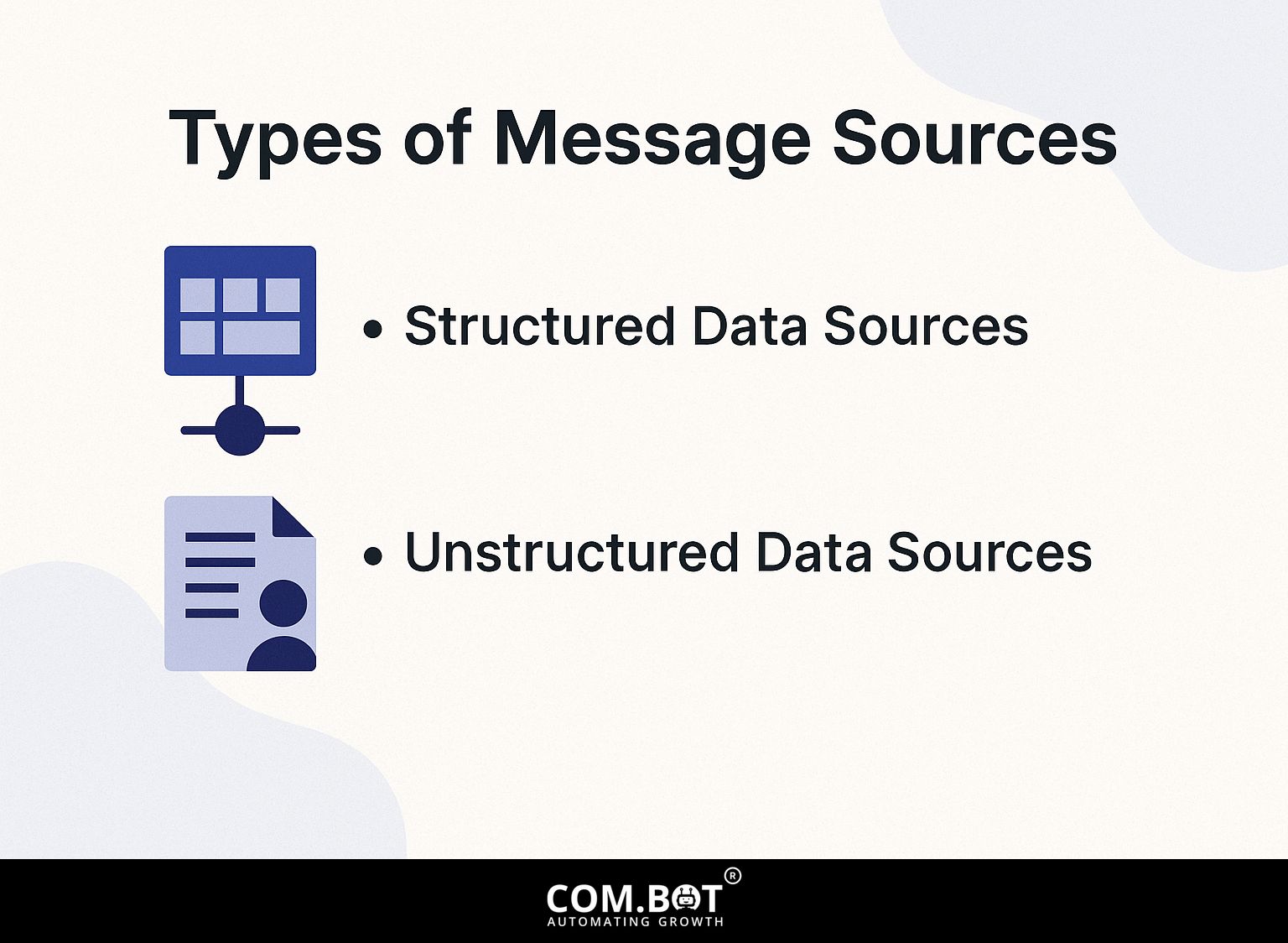
Knowing the types of message sources is important for improving how well AI agents work, as they depend a lot on the quality and relevance of the data. Effective message sources can significantly enhance AI systems, particularly in communication platforms like WhatsApp, through Natural Language Processing techniques.
1. Structured Data Sources
Structured data sources, such as databases and spreadsheets, provide AI agents with orderly and easily retrievable information, essential for tasks like customer relationship management.
These sources integrate seamlessly with AI agents through structured query language (SQL) or APIs, allowing for rapid data access and manipulation.
For example, Salesforce uses relational databases to handle customer data effectively, which improves predictive analytics. To understand how AI applications are programmed to utilize such data, you can explore various programming languages and techniques used in building AI applications.
To maintain data integrity, best practices include:
- Regular audits
- Implementing validation rules
- Ensuring consistent data entry processes
Using tools like Microsoft Power BI can highlight data integrity issues, making it easier to correct them as part of an overall AI strategy.
2. Unstructured Data Sources
Unstructured data sources, such as emails and social media posts, require advanced processing techniques like Optical Character Recognition and sentiment analysis for effective AI utilization.
To make use of unstructured data, AI agents can use tools like Notion and Confluence. For instance, by integrating Notion’s database capabilities, users can categorize and analyze content types from emails or social media, turning disparate information into structured data.
Confluence, on the other hand, helps teams work together by letting them comment on and talk about data findings instantly.
Brands successfully use this method to study customer comments on social media, which helps improve product plans and quickly address user feelings.
Best Practices for Integration
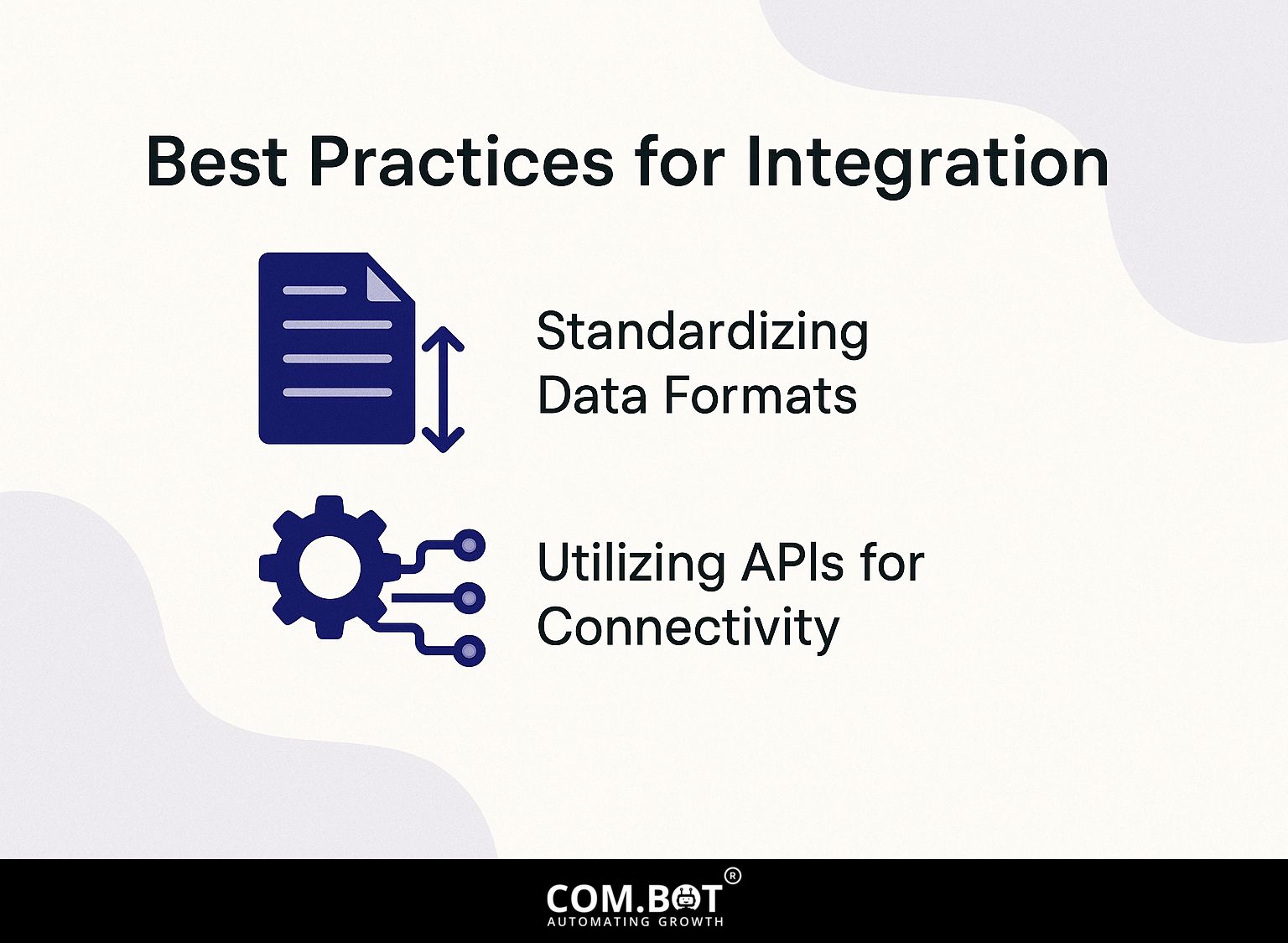
Adding AI agents smoothly to current systems needs following good methods to keep communication and data running smoothly. Worth exploring: Feedback for AI Systems: Importance and Improvement Techniques to enhance integration processes effectively.
1. Standardizing Data Formats
Using the same data format for different systems can greatly improve the quality of data and lower costs related to data handling.
Employing formats like JSON and XML allows for seamless integration of AI agents. For example, Postman can organize your APIs and simplify data requests in JSON format. An XML parser like lxml in Python can change raw data into organized outputs.
Using tools like Talend can automatically move data between different platforms, keeping it consistent and minimizing mistakes. By implementing these tools, organizations can achieve better interoperability, facilitating smoother communication between systems and enhancing overall efficiency.
2. Utilizing APIs for Connectivity
Using APIs for connectivity allows AI agents to communicate with different systems, which encourages planned actions and timely updates.
To integrate AI agents with platforms like Google Drive, start by selecting middleware like Zapier or Integromat, which simplifies API interactions.
- First, create a new task in your middleware, selecting Google Drive as your trigger app.
- Then, choose an action event, such as ‘Add a File.’
- Next, connect your AI agent by providing its API key and specifying the data you wish to transfer.
- Check the integration to make sure communication works smoothly.
This process can typically be completed in under an hour, enabling efficient data management.
Ensuring Data Quality
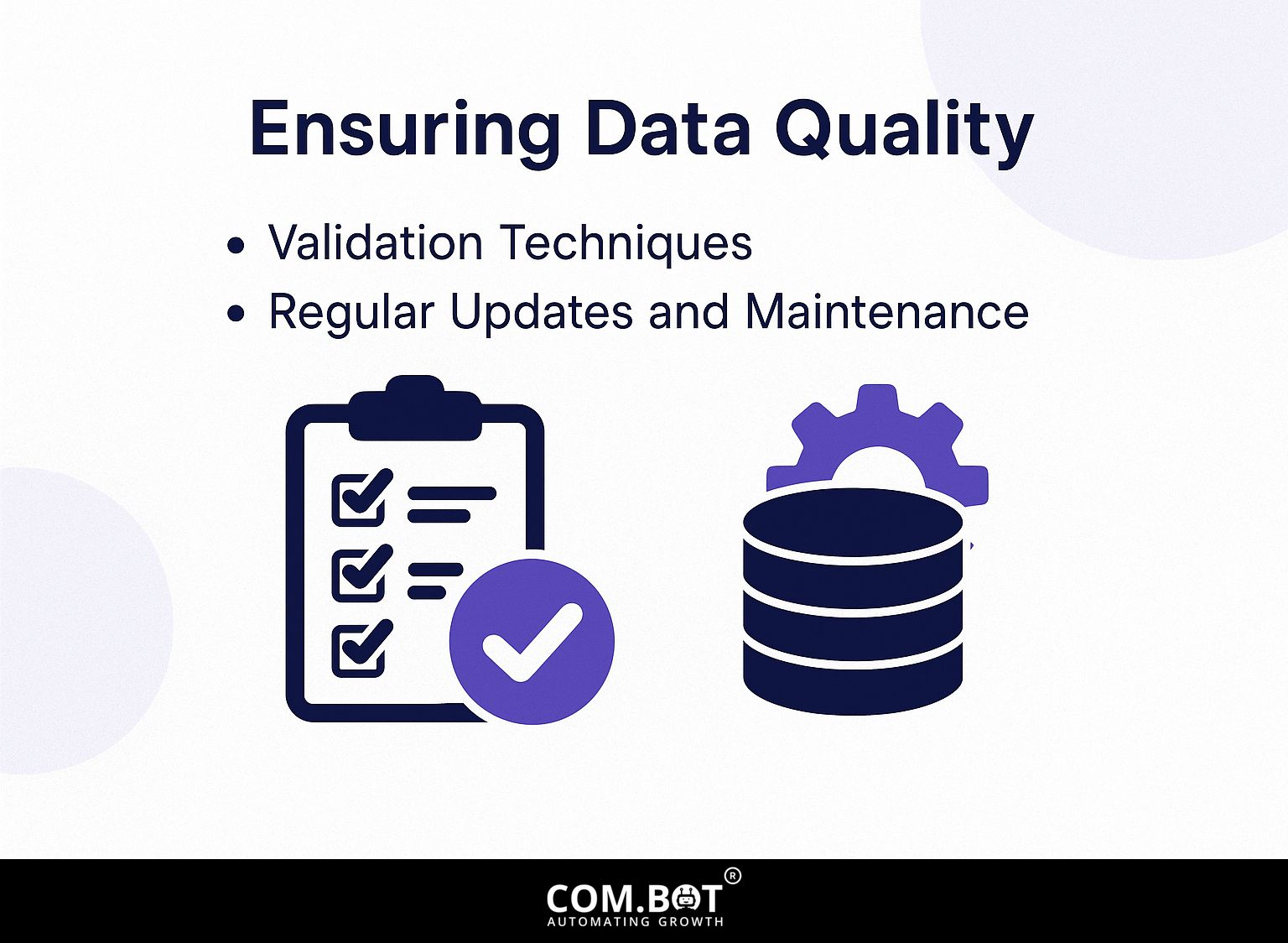
High-quality data is essential for AI agents to function properly. Poor data can lead to incorrect outcomes and bad decisions.
1. Validation Techniques
Using methods like data examination and tidying up can avoid delays and make sure AI agents give accurate and reliable results.
To check your data properly, think about using tools like Talend for ETL processes, which provides strong data profiling features. This tool allows you to visually analyze data quality issues across various metrics.
Alternatively, Informatica has powerful data cleaning tools that simplify identifying and correcting duplicates and mistakes in large datasets.
A large retail company used Talend to simplify their inventory data, cutting errors by 40% and improving how their system works. Implement regular validation intervals to maintain ongoing data integrity.
2. Regular Updates and Maintenance
Regular updates and upkeep of data pipelines are essential to maintain smooth operations and improve how well AI agents work.
To achieve this, implement a bi-weekly review schedule, focusing on system performance metrics. Tools like Datadog can help monitor data flow and alert you to issues in real-time.
Engage in quarterly updates to your data models; for instance, retrain AI agents with fresh data to improve accuracy. Always write down any changes made during these updates so team members can understand them.
By following this schedule and using monitoring tools well, you can keep your data pipeline strong and make sure your AI systems work optimally.
Security and Privacy Considerations
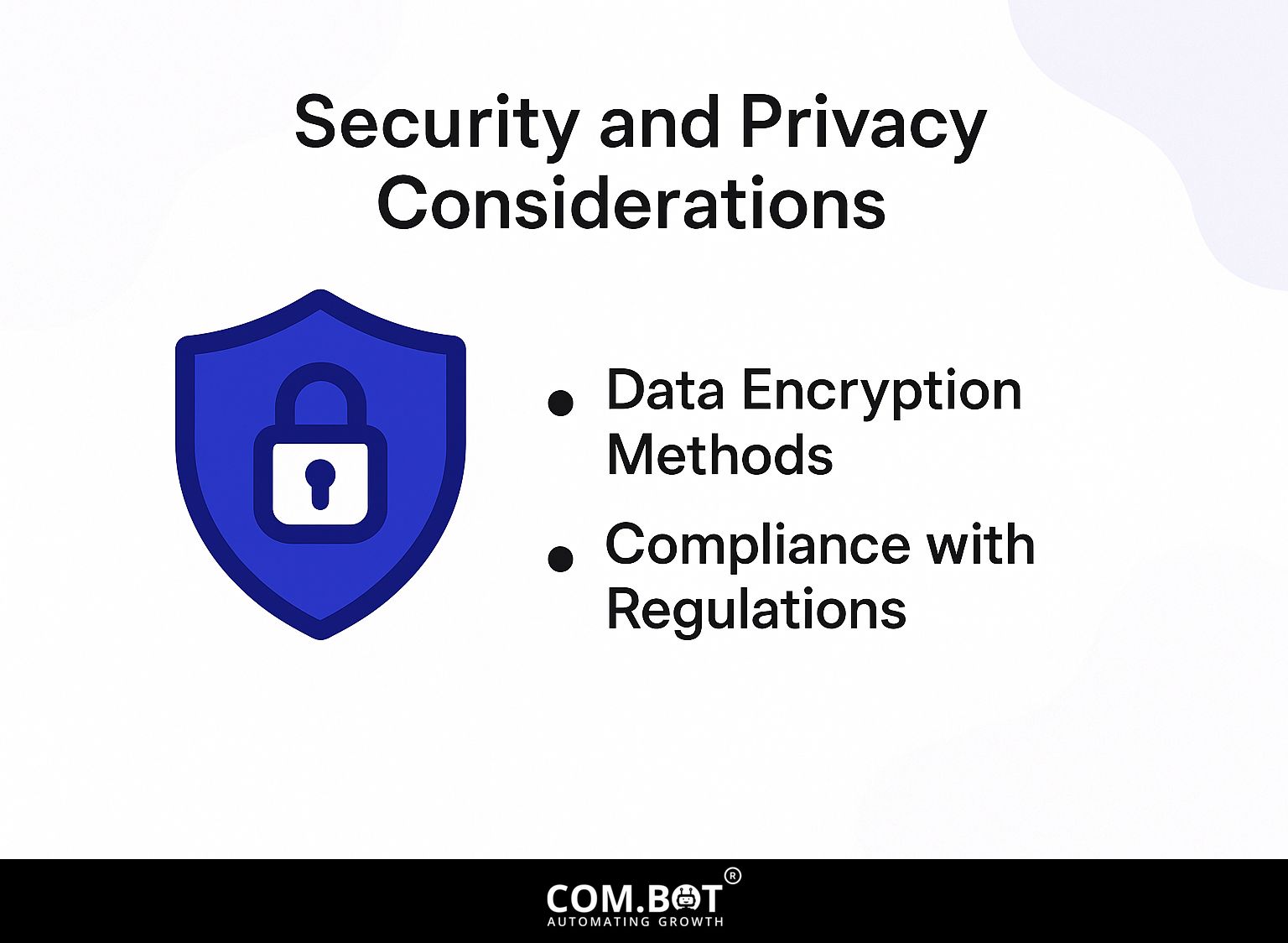
When setting up AI agents, it’s important to think about security and privacy. These agents work with sensitive information that needs to follow rules like GDPR and HIPAA. For those interested in the intersection of AI and privacy, our hidden gem article on WhatsApp AI’s key features and privacy considerations offers valuable insights.
1. Data Encryption Methods
Using strong data encryption methods like AES-256 and RSA protects important information handled by AI agents.
AES-256 works well for encrypting stored data, which is useful for saving AI models and private datasets. Tools like VeraCrypt allow users to create encrypted containers for on-disk data, enhancing security during storage.
Meanwhile, RSA can be used for safe key exchange in communication, keeping data private as it moves. Utilizing a combination of these methods, such as encrypting data with AES-256 and securing keys with RSA, provides a multi-layered approach to data protection.
2. Compliance with Regulations
Ensuring compliance with regulations such as GDPR and HIPAA is critical for AI agents handling personal and sensitive data.
To handle these rules, companies should perform regular audits and use compliance management tools like OneTrust or TrustArc, which have strong data mapping functions.
To find possible dangers and follow rules, it’s practical to plan checks every three months. For example, Firm X adopted TrustArc and saw a 40% reduction in compliance-related incidents in six months.
Creating a team dedicated to compliance ensures you keep up with new regulations, turning compliance into a continuous effort instead of a single action.
Frequently Asked Questions
1. What are some best practices for connecting message sources for AI agents?
Some best practices for connecting message sources for AI agents include ensuring data compatibility, using a reliable messaging protocol, and implementing proper security measures.
2. Why is data compatibility important when connecting message sources for AI agents?
Data compatibility enables the AI agent to accurately interpret and analyze information from messages, leading to more accurate results.
3. What are some common messaging protocols used for connecting message sources for AI agents?
Some common messaging protocols include HTTP, MQTT, and AMQP. It is important to choose a reliable protocol that can handle the volume and complexity of the data being transmitted.
4. How can security be implemented when connecting message sources for AI agents?
Security measures such as data encryption, user authentication, and API keys can be implemented to protect the data being transmitted between the message sources and the AI agent.
5. What role does data cleansing play in connecting message sources for AI agents?
Data cleansing involves removing any irrelevant or incorrect data from the message sources before it is transmitted to the AI agent. This helps to improve the accuracy and efficiency of the AI agent’s analysis.
6. How can AI agents be improved for quick and effective message source connection?
AI agents can be improved by using methods like data compression, load balancing, and caching to make connecting to many message sources faster and more efficient.
